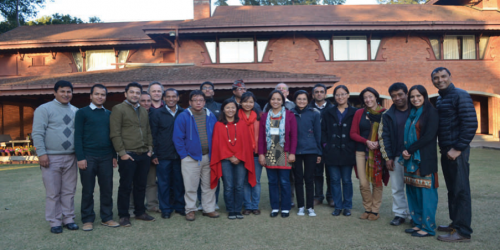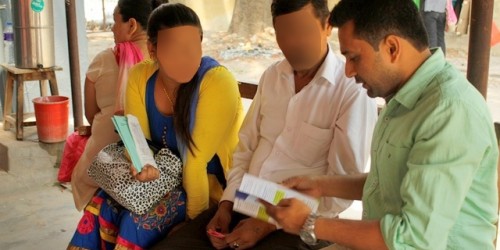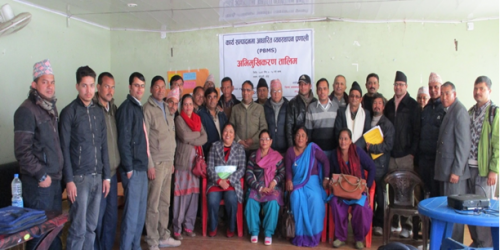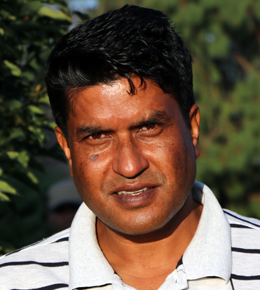National Nutrition Sentinel Surveillance
Project Progress :
Started Date:September 01 2016 Completed Date:December 31 2017
National Nutrition Sentinel Surveillance
Categories :Survey
CompletedIntroduction
The consequences of malnutrition are serious and life-long. It accounts for more than 50 per cent of child mortality in Nepal (WHO estimates). Malnourished children who survive are more frequently ill and suffer the life-long consequences of impaired physical and cognitive development. Lack of access to health, safe water and sanitation are underlying causes, which pre-disposes children to infections, which is in turn one of the immediate causes of malnutrition. Poor nutrition status of children is also linked to two other main underlying causes - the poor feeding practices and household food insecurity, leading to poor nutrient intake, which is the second immediate cause. The consequences of under-nutrition are profound, life-long ultimately leading to poor human resource capital and poor economic development. Tackling in an effective and sustained manner requires a multi-sectorial approach to address both the immediate and underlying causes.
Many large scale programs are currently underway globally and in Nepal, an early adopter of the Scaling Up of Nutrition (SUN) movement and the site of various multi-sector initiatives, such as USAID’s SUAAHARA, KISAN; and the World Bank’s NFSP. The Government of Nepal is leading the development and implementation of a Multi-Sector Nutrition Plan (MSNP), which provides comprehensive guidance to nutrition efforts in the country. As part of the Plan, an extensive monitoring and evaluation (M&E) framework has been developed in order to track implementation and progress towards meeting objectives. The M&E plan tracks the effective implementation and impact of the different elements of the program, and requires robust data and evidence. While data are routinely collected through sector-specific information systems, these have gaps and are not always relevant for tracking the progress of the MSNP. It has become evident that there is a need for an additional data collection mechanism that can provide timely and reliable data to inform the progress of interventions and assess the key factors associated with nutritional situation and provide critical inputs to the MSNP.
The ongoing systematic collection, analysis, and interpretation of health data is essential to the planning, implementation, and evaluation of public health practice, and should be integrated with the timely dissemination of these data to those who need to know. This is certainly required as part of any large-scale program such as the Nepal National MSNP. Nutritional Surveillance enables countries to track the nutritional status and make decisions that lead to improvements in nutrition in populations.
Objective
The overall objective of the NNSS is to provide timely information on food security, nutritional status and their key determinants to inform policy and to help improve program implementation. In addition, there are several sub-objectives as detailed below:
- To observe and analyse the nutritional status of children under 5 years, women of reproductive age and adolescent girls (Identification of malnourished children, women and adolescent girls)
- To assess the potential determinants (contributing factors) for under-nutrition
- To identify areas and groups with worsening under-nutrition for timely response (Timely response)
- To identify appropriate response strategies
- To provide relevant information to concerned stakeholders (including Multi-sectoral Nutrition Plan) for timely and appropriate response and to monitor trends
- To advocate for targeted resource mobilization (Advocacy)





